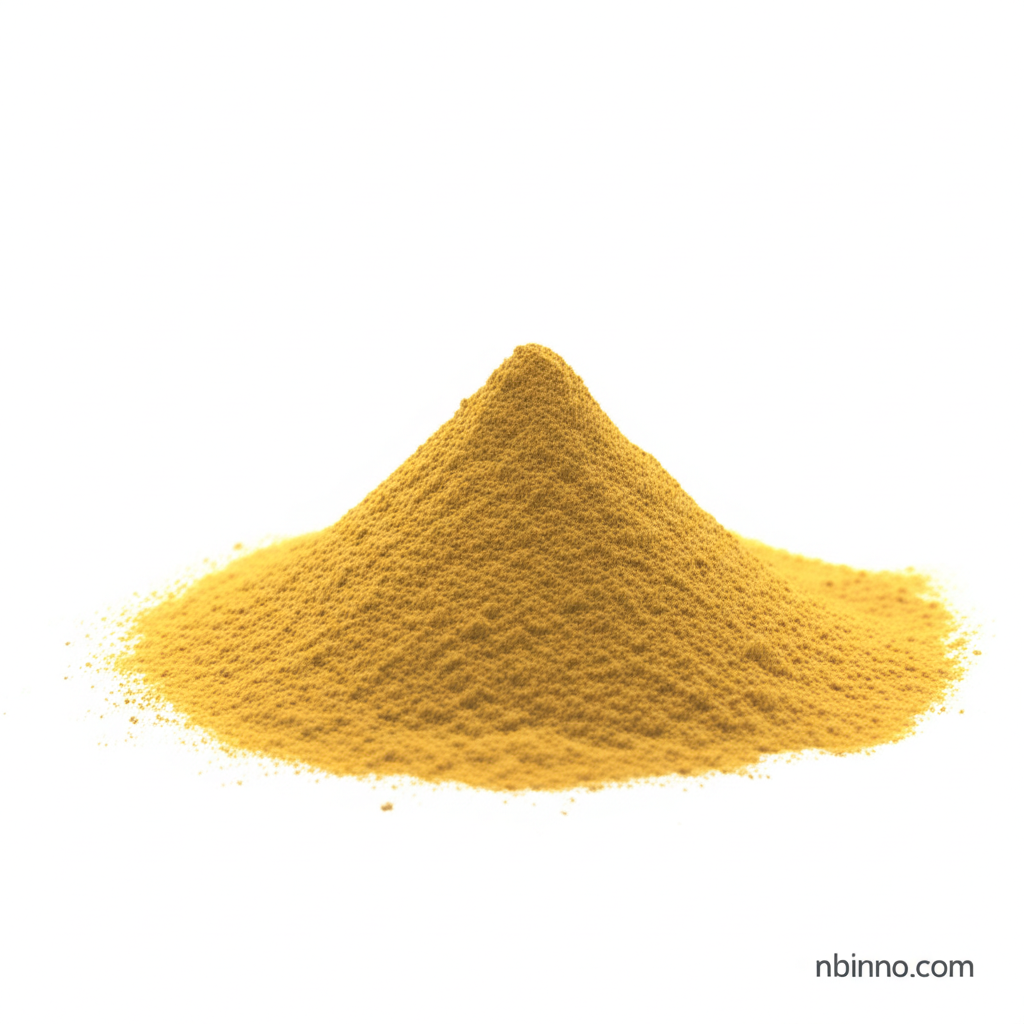2,2'-Bithiophene-5-carbaldehyde: Synthesis, Properties, and Applications in Organic Electronics and Materials Science
Explore the synthesis and versatile applications of this vital organic building block for advanced electronic and material innovations.
Get a Quote & SampleProduct Core Value

2,2'-Bithiophene-5-carbaldehyde
This compound is a crucial organic building block, essential for the development of advanced materials in organic electronics and beyond. Its unique bithiophene structure and reactive aldehyde group make it highly valuable for creating novel semiconductors, polymers, and functional materials that drive technological progress.
- Explore the critical synthesis pathways for 2,2'-Bithiophene-5-carbaldehyde, including the widely used Vilsmeier-Haack formylation and directed lithiation techniques.
- Understand the key properties and characterization methods, such as NMR, MS, and FTIR, vital for confirming the structural integrity and purity of this compound.
- Discover the diverse applications of this material, particularly its role as a precursor in the synthesis of OLED and organic photovoltaic (OPV) materials.
- Learn how this compound contributes to the development of conductive polymers and fluorescent probes, pushing the boundaries in material science and bioimaging.
Advantages of the Product
Versatile Synthesis Routes
Leveraging methods like Vilsmeier-Haack formylation or directed lithiation allows for controlled and efficient production, crucial for a reliable supply of organic building blocks.
Enhanced Electronic Properties
The inherent electronic characteristics of the bithiophene unit make it an excellent choice for creating efficient organic semiconductors, a key factor in the performance of devices like OLEDs and OPVs.
Broad Application Spectrum
From cutting-edge organic electronics to sophisticated fluorescent probes, this compound's adaptability supports innovation across multiple high-tech fields.
Key Applications
Organic Electronics
Used as a fundamental building block for organic semiconductors, enhancing the performance of devices like organic solar cells and transistors due to its excellent charge transport properties.
OLED Materials
Serves as a precursor in the synthesis of materials for Organic Light-Emitting Diodes (OLEDs), contributing to improved device efficiency and longevity.
Conductive Polymers
Plays a crucial role in developing conductive polymers essential for flexible electronics and advanced coatings, offering improved mechanical and electrical properties.
Fluorescent Probes
Employed in the synthesis of fluorescent dyes for bioimaging applications, providing high sensitivity and specificity for detecting biological molecules and processes.
